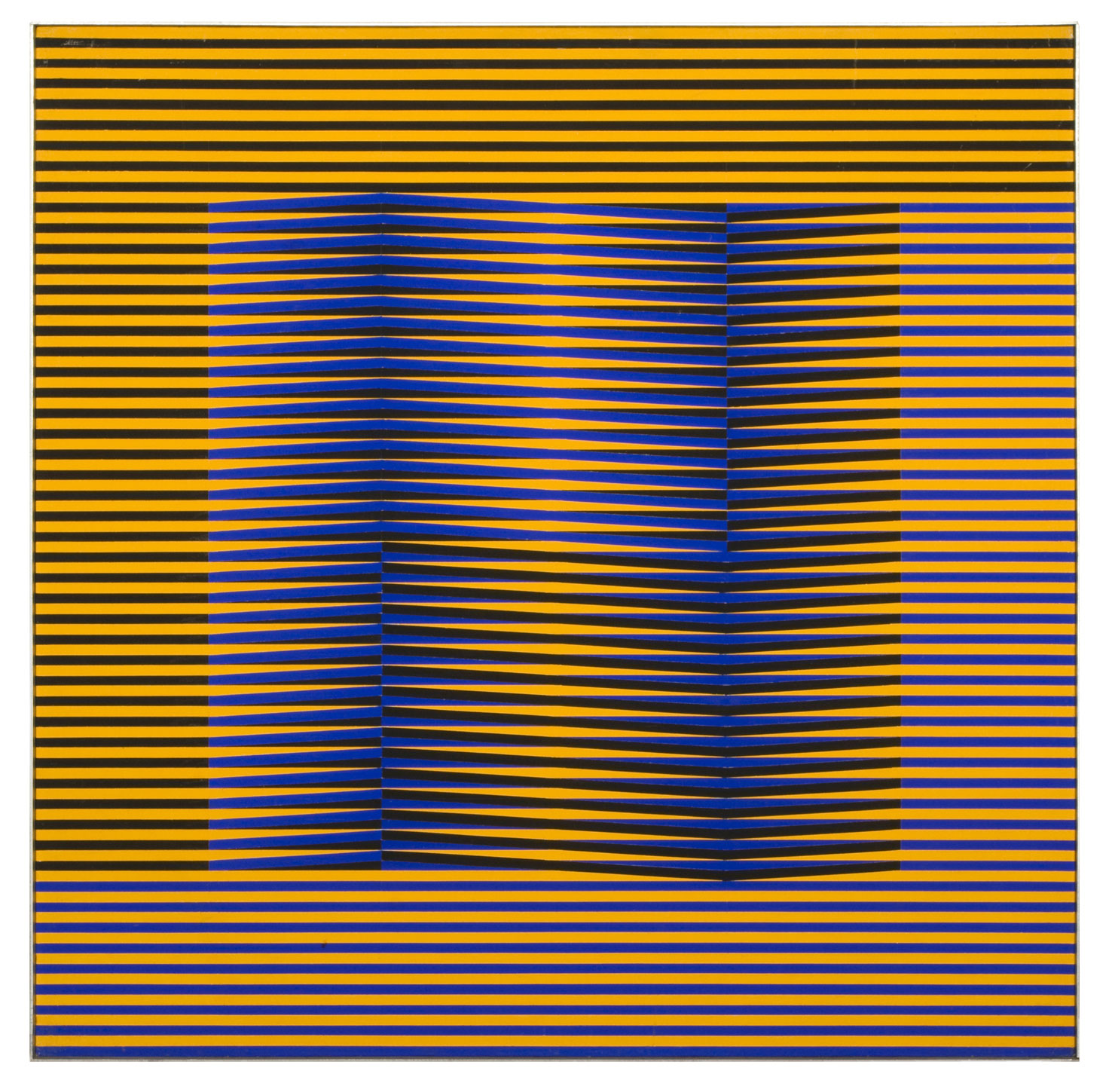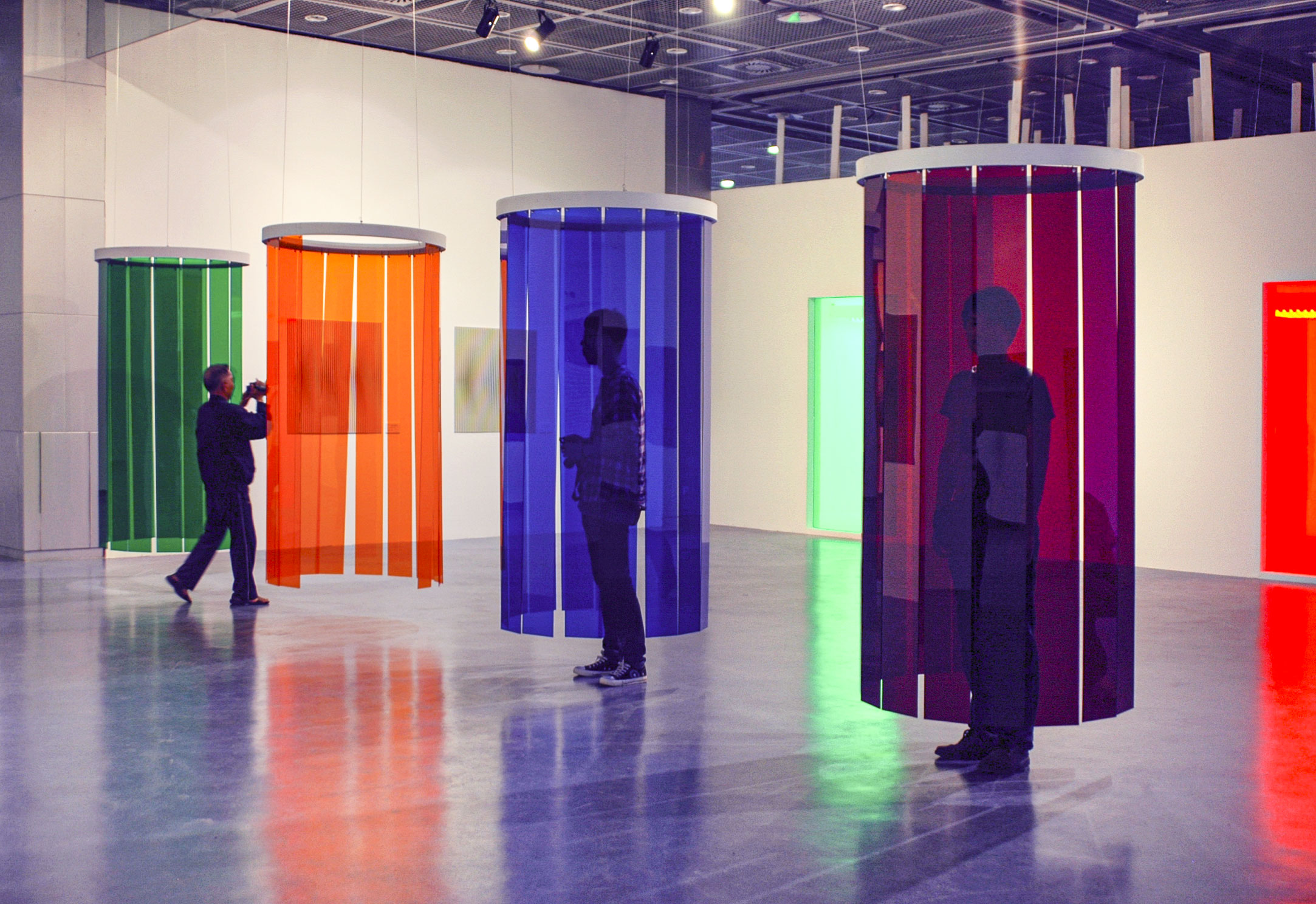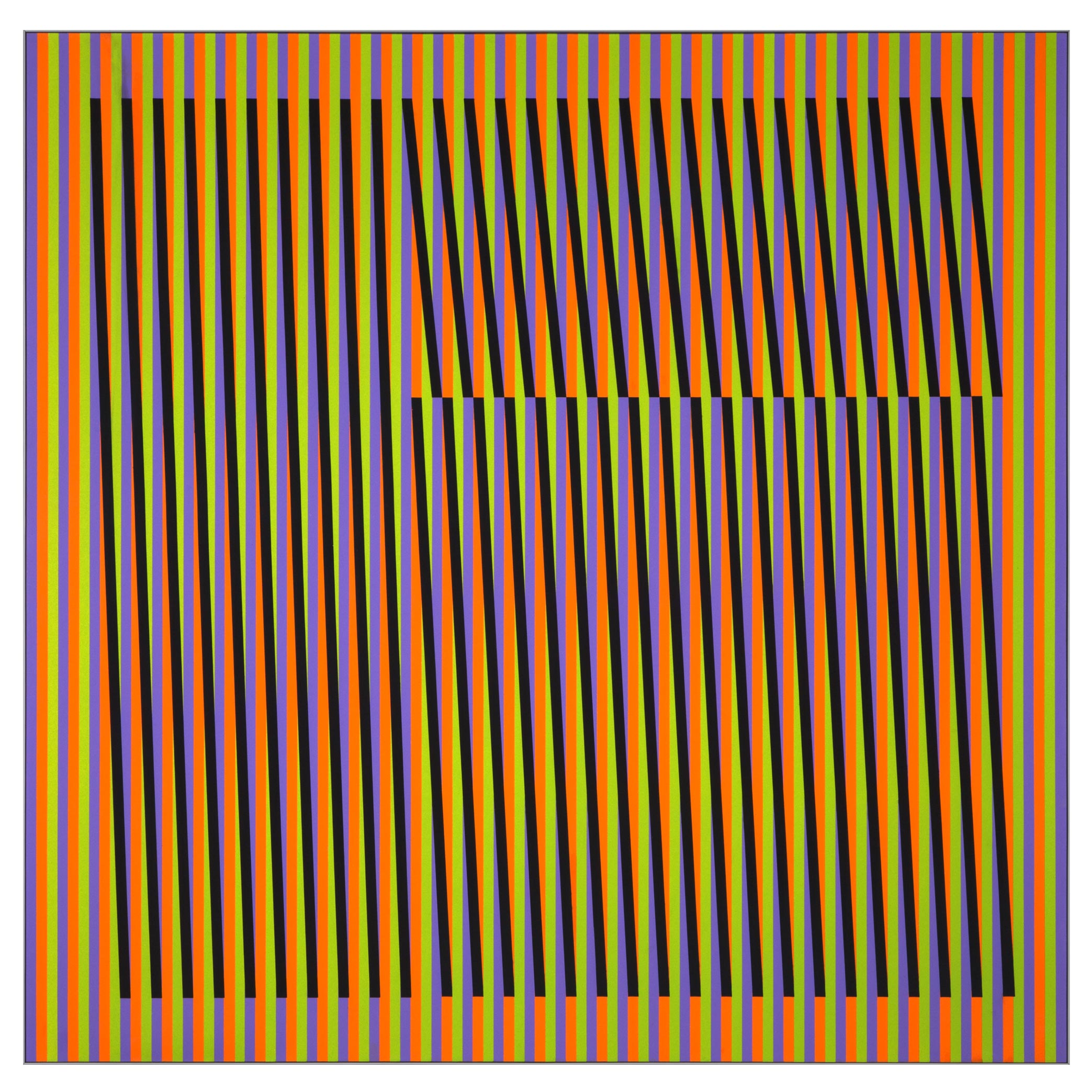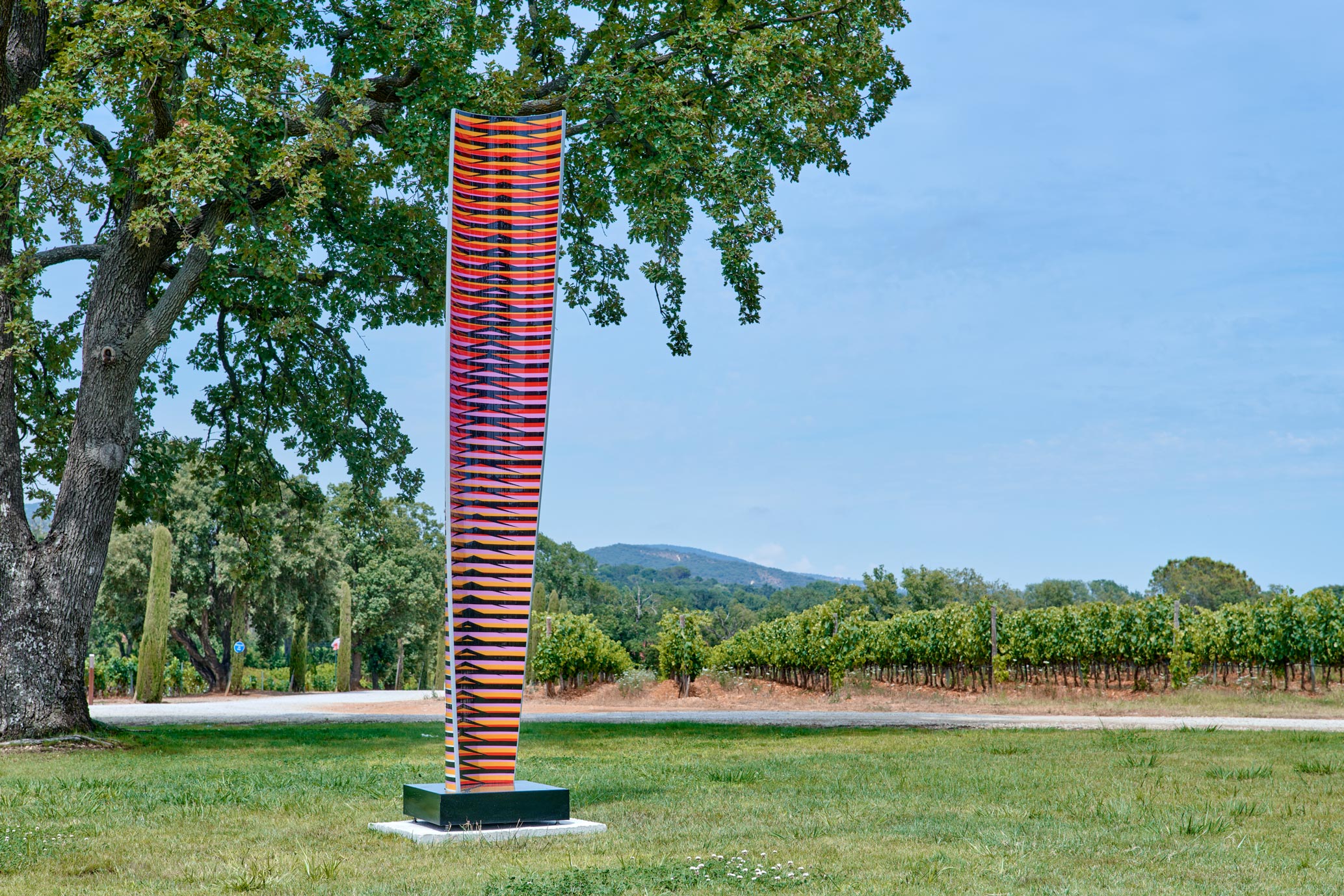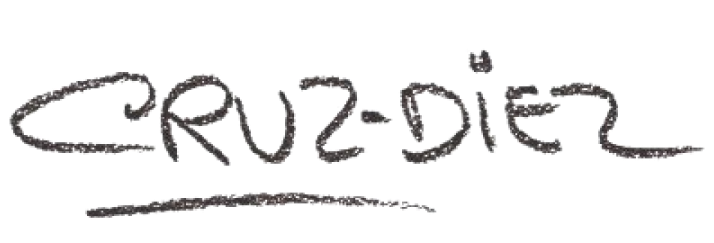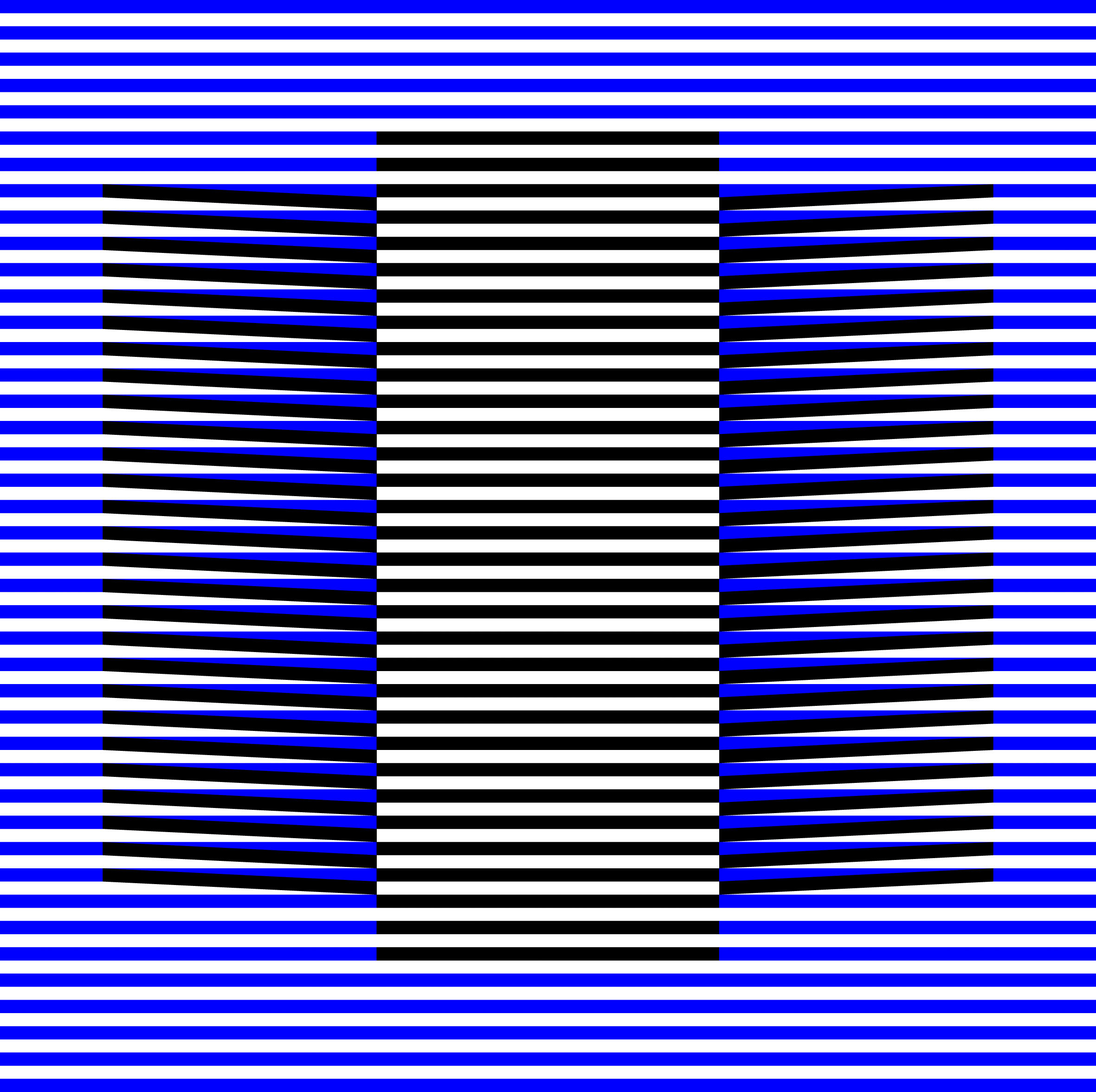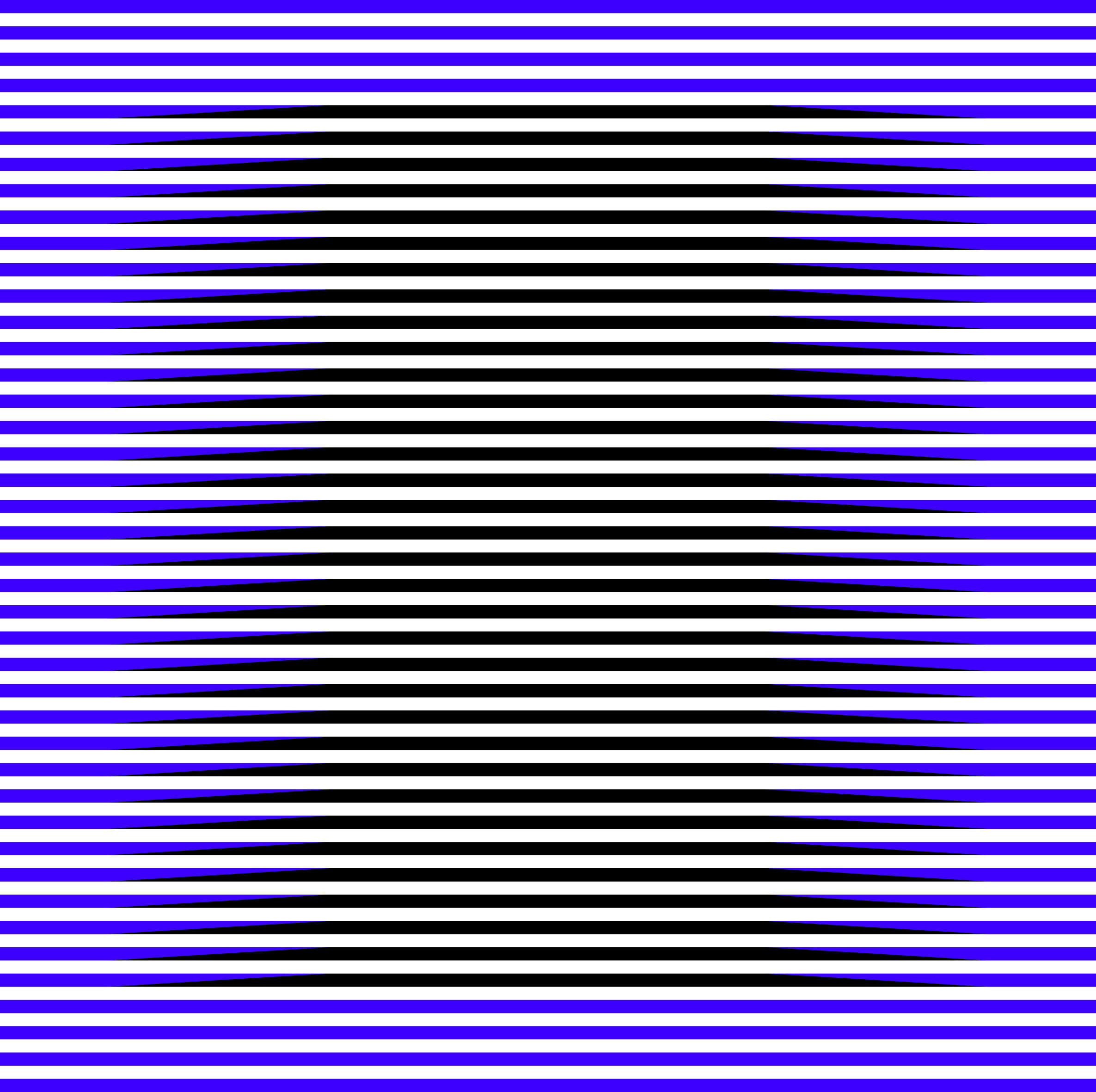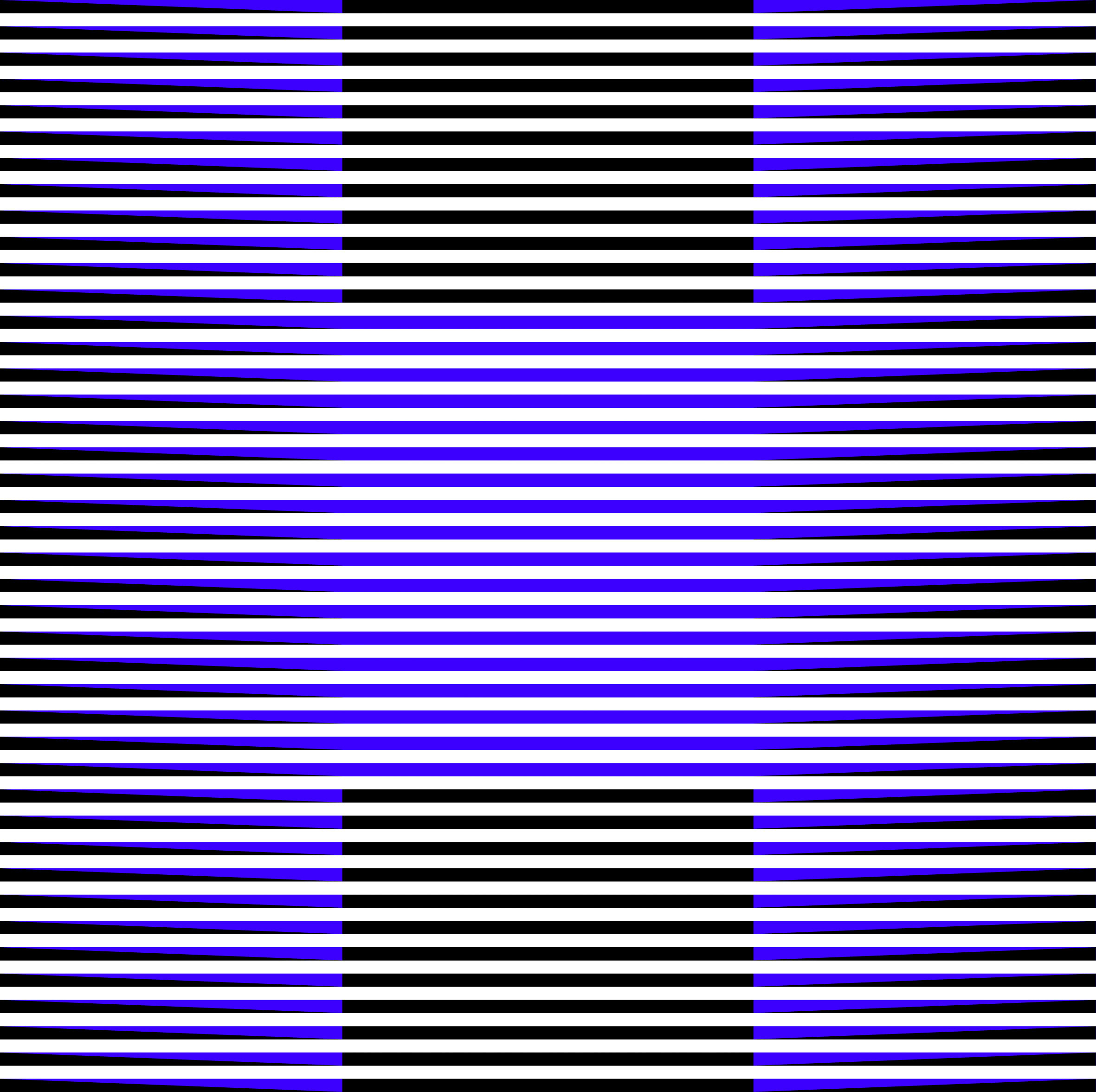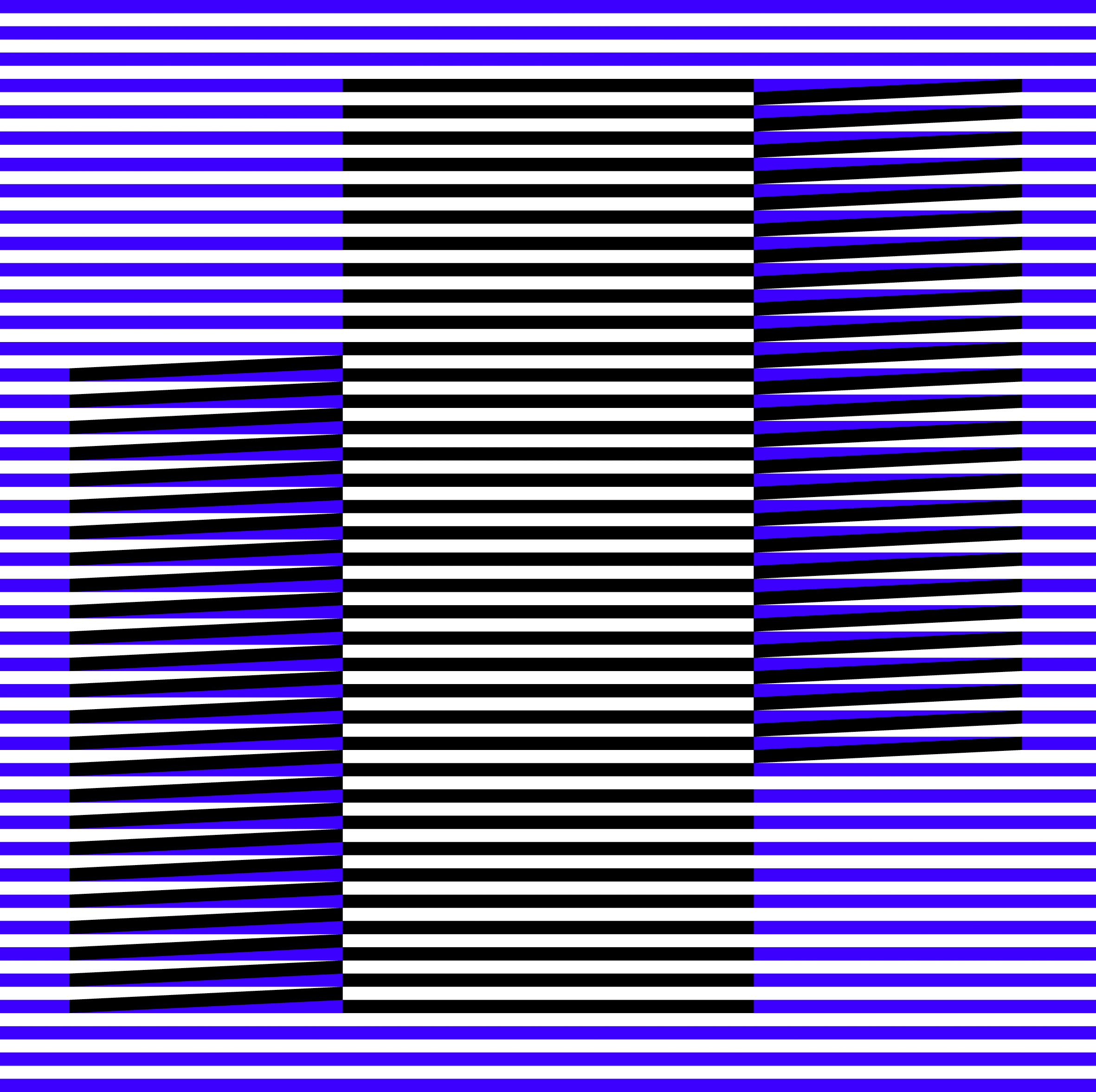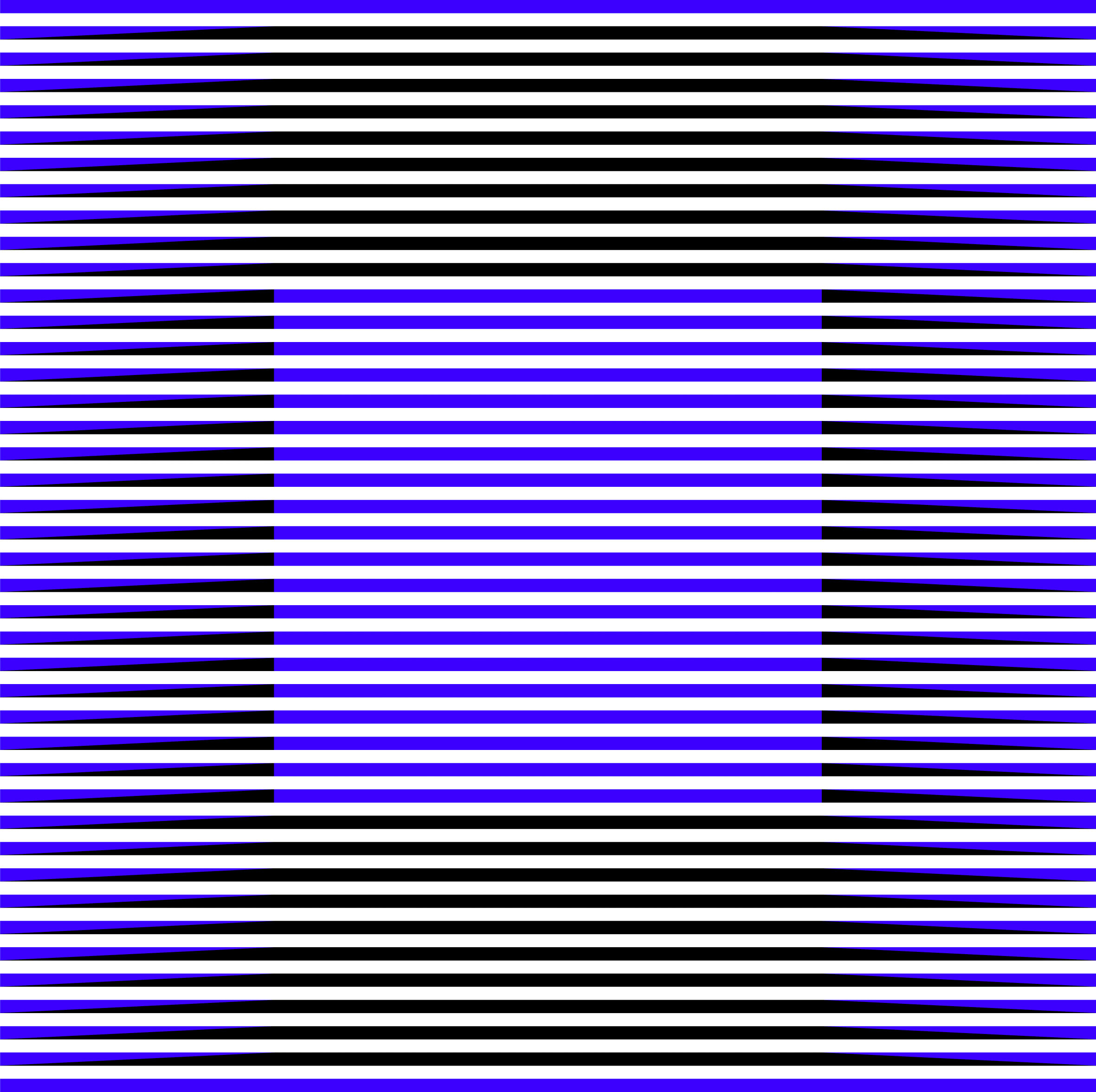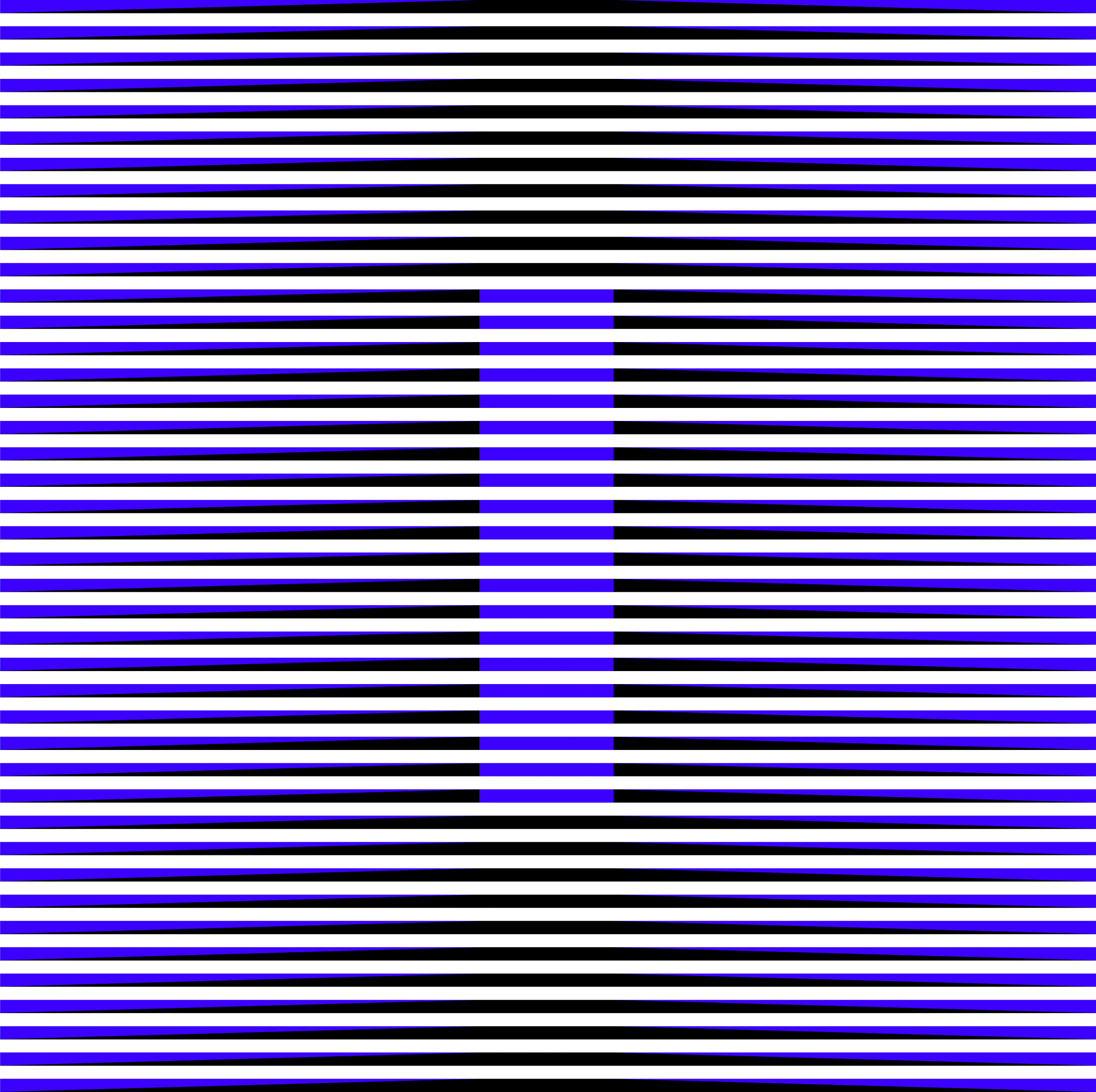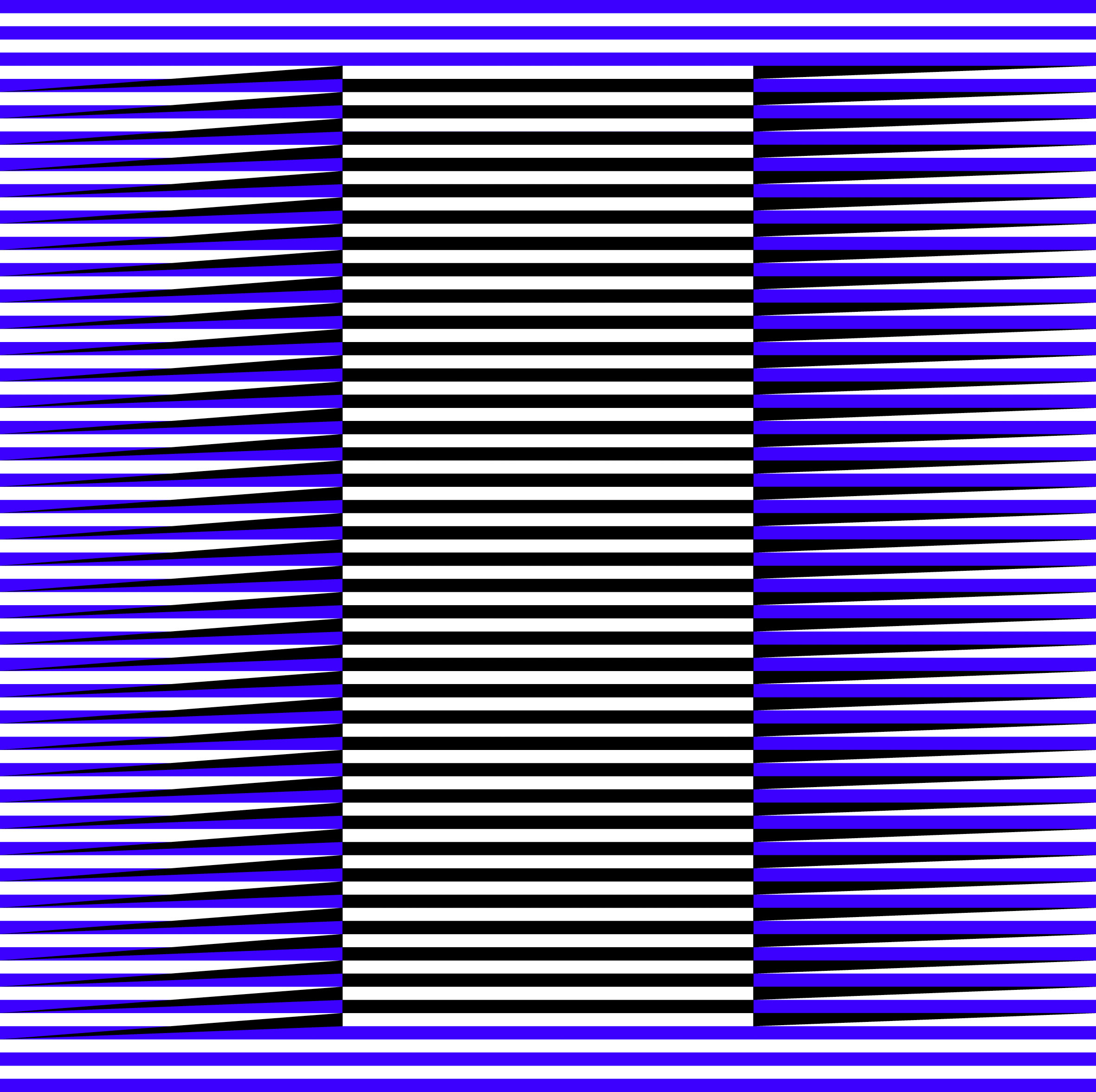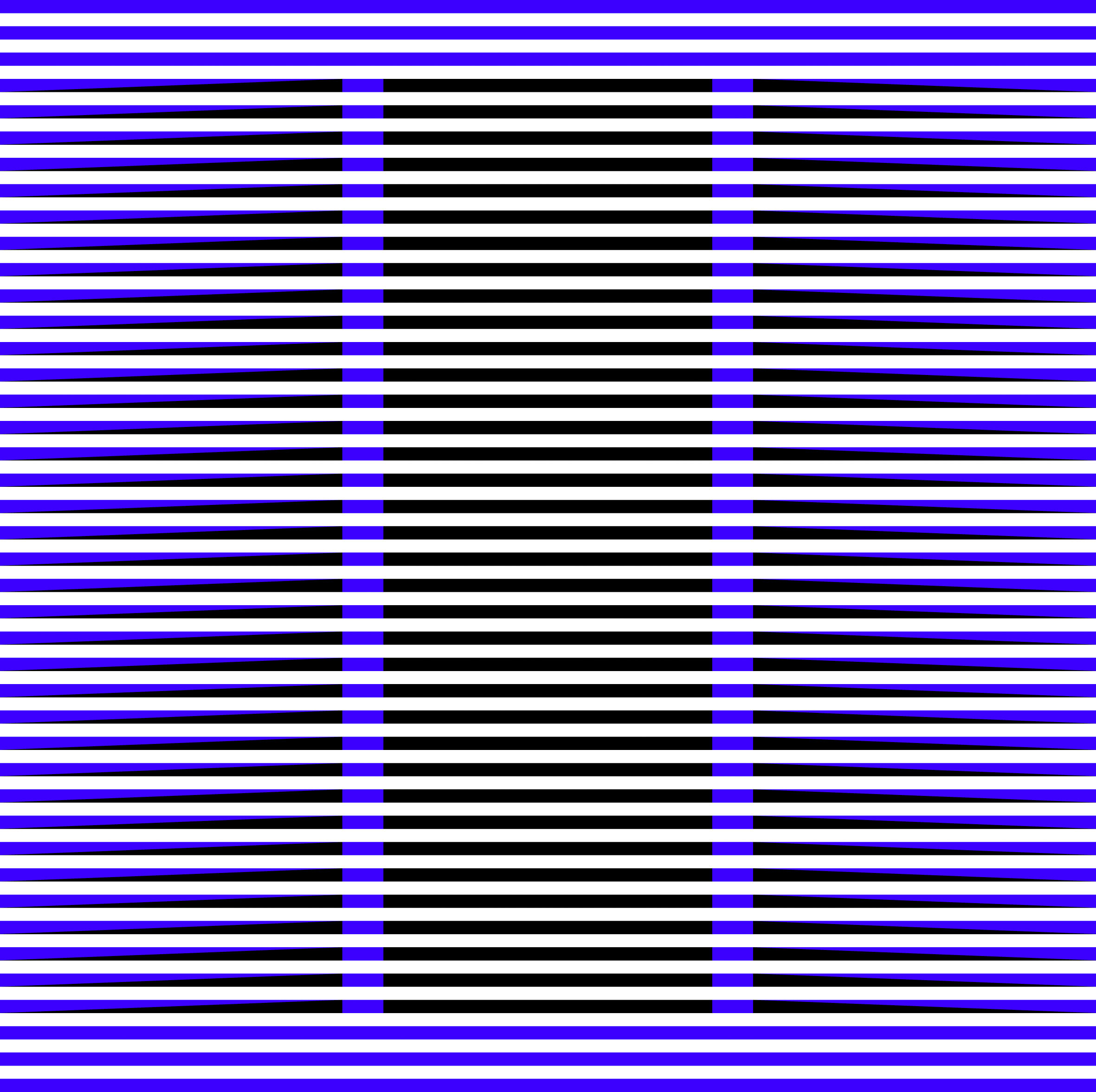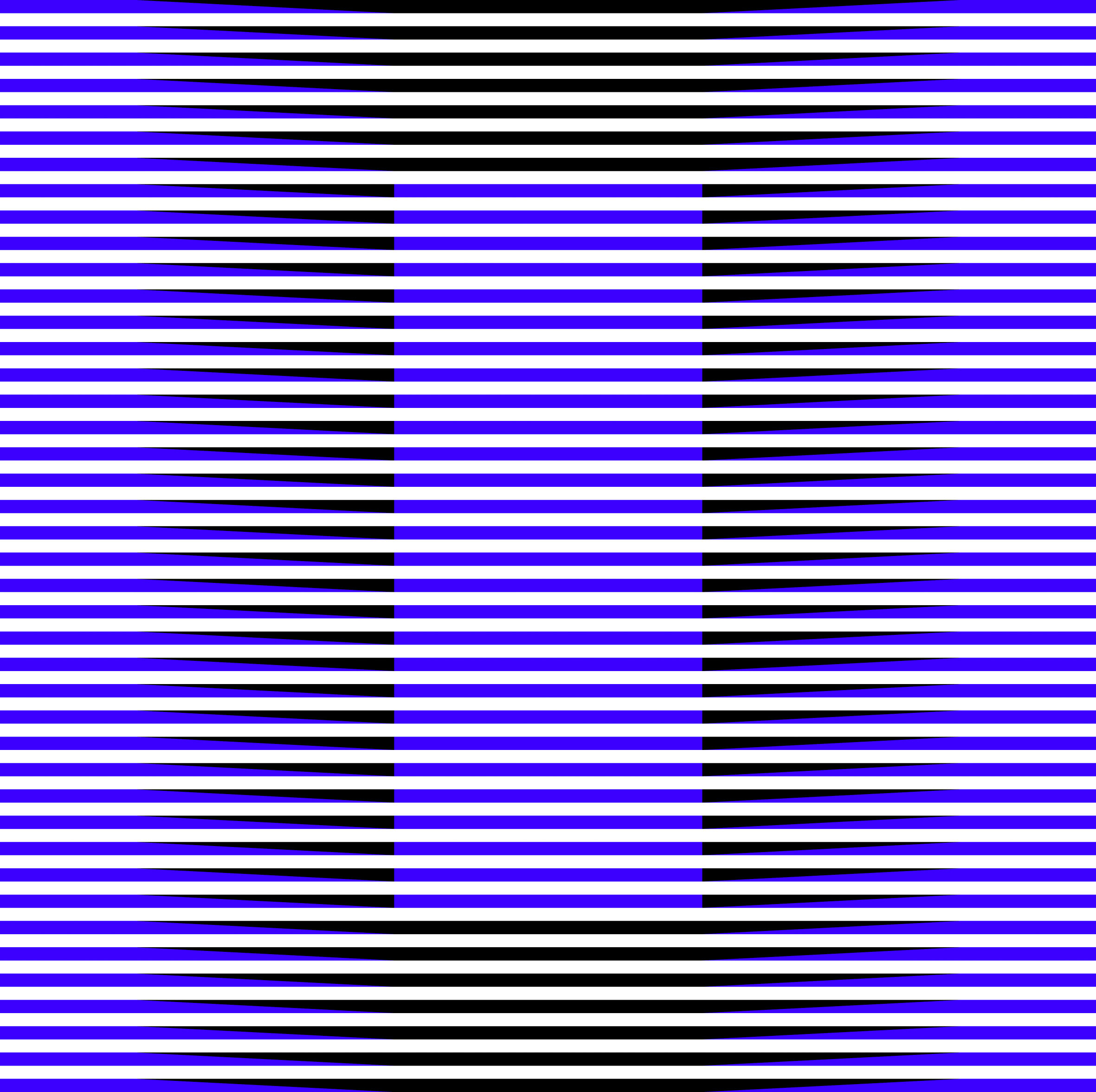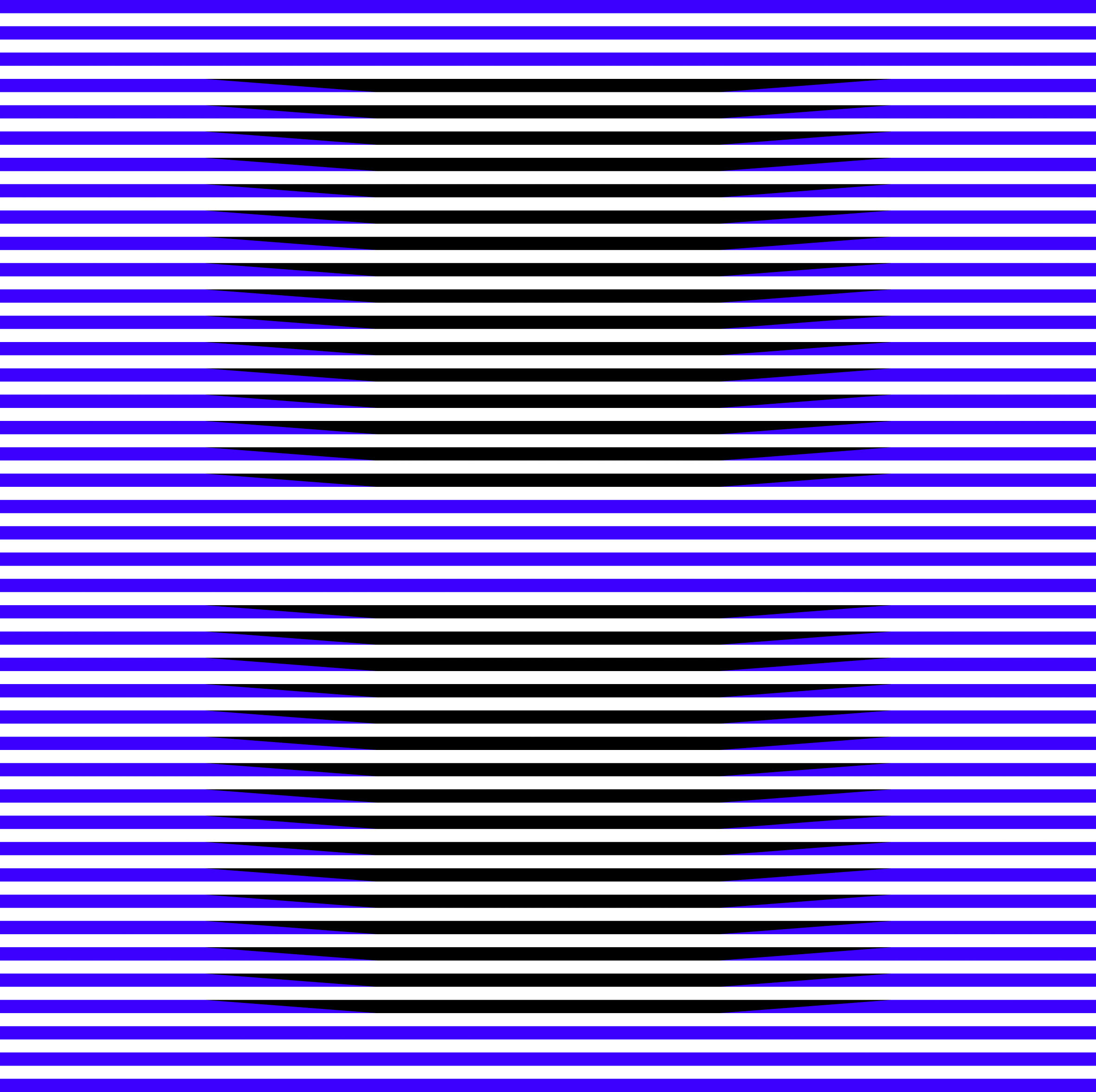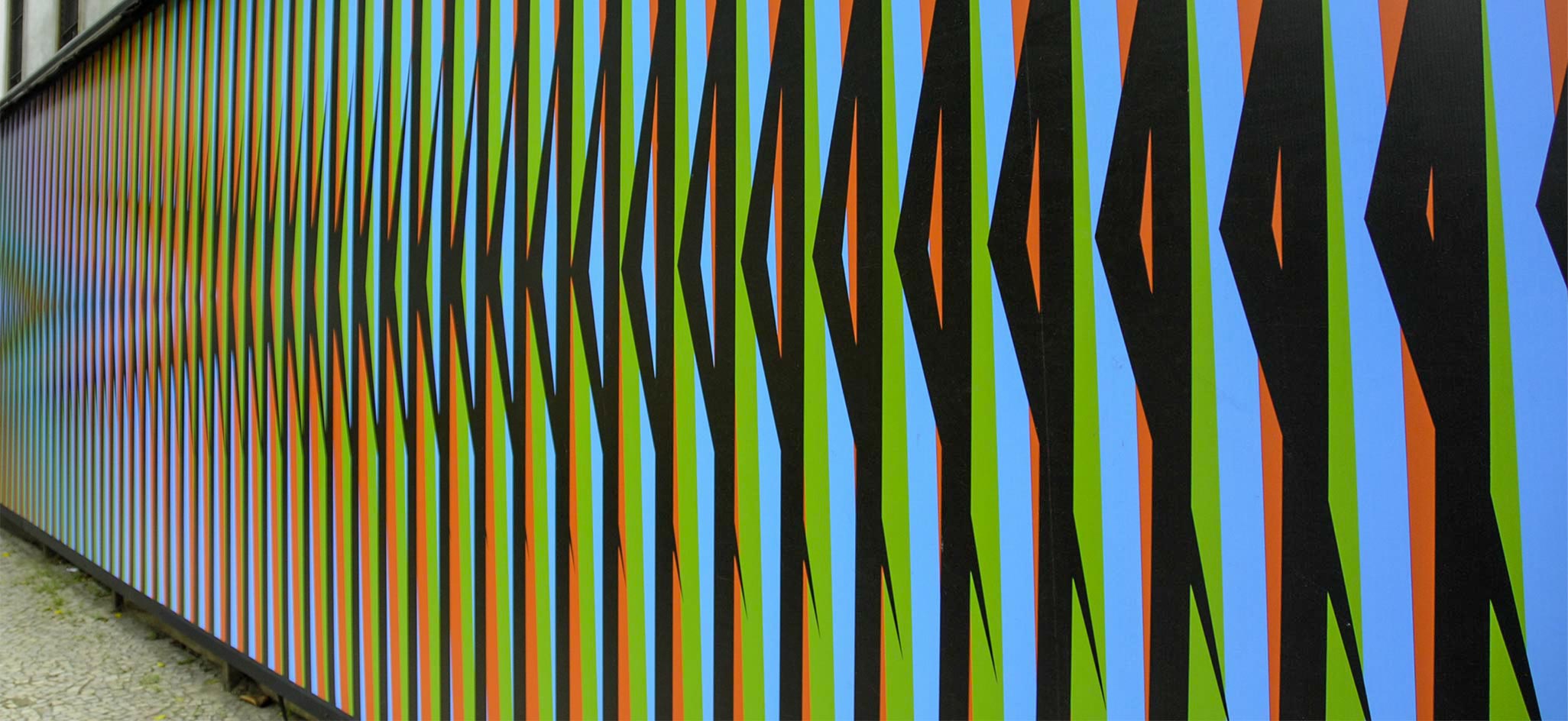
The Induction Chromatique (1963) is closely related to the phenomenon of “after image,” or retinal persistence. In other words, the retina of the eye, after gazing at a red colored plane for a certain length of time, retains, even after it looks away, an image of the plane — in green; which is the induced color or complementary color.
The phenomenon previously described, takes place in two phases, however, the Induction Chromatique brings it about simultaneously. In other words, it stabilizes and makes visible a phenomenon that can only be captured momentarily and in very special circumstances. The color that appears is and is not — it has a virtual existence — however, it is as real as the pigments used. This is demonstrated by inductive yellow, which is obtained by superimposing black, blue, and white; inductive orange, produced with blue, yellow, and black; or the induction of red, by means of green, white, and black.
Based on these experiences with the phenomenon of retinal persistence, Cruz-Diez, also developed, Douche d’Induction Chromatique in 1965 and Induction à Double Fréquence in 1986.
Where Monet would represent the changing reality of light by using several canvases - of a haystack or a cathedral - Cruz-Diez only provides one surface, but one which is so sensitive to the intensity and the angle of luminous rays that it appears gay and bright one moment, severe and dark the next. With each variation in the electric or solar intensity, a new work is formed, a new chromatic relationship, unforeseeable like life itself, and as changing and varied. A thousand pictures - within a single surface.
Jean Clay – Carlos Cruz-Diez et les trois étapes de la couleur moderne, Jean Clay, 1969
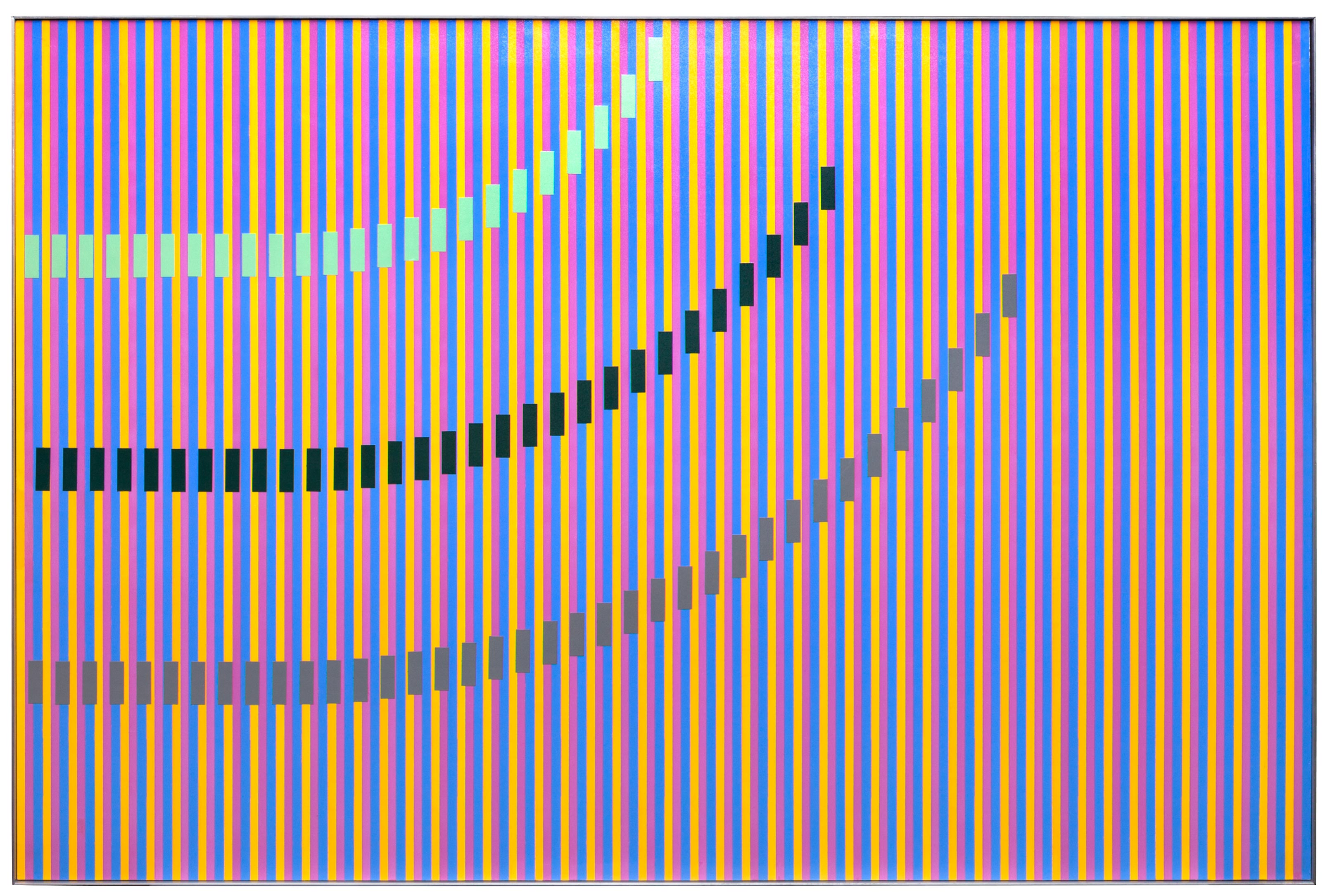
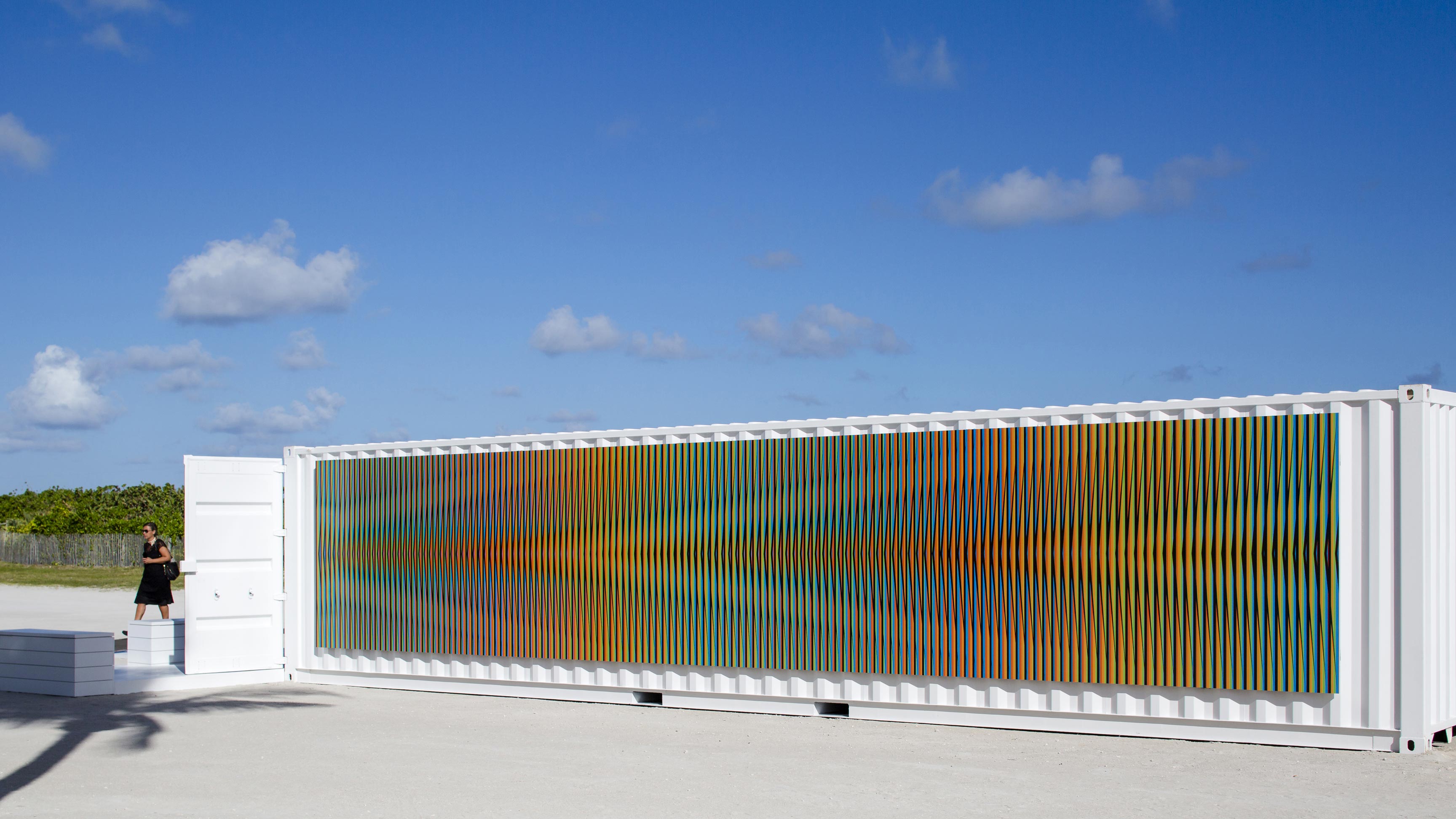
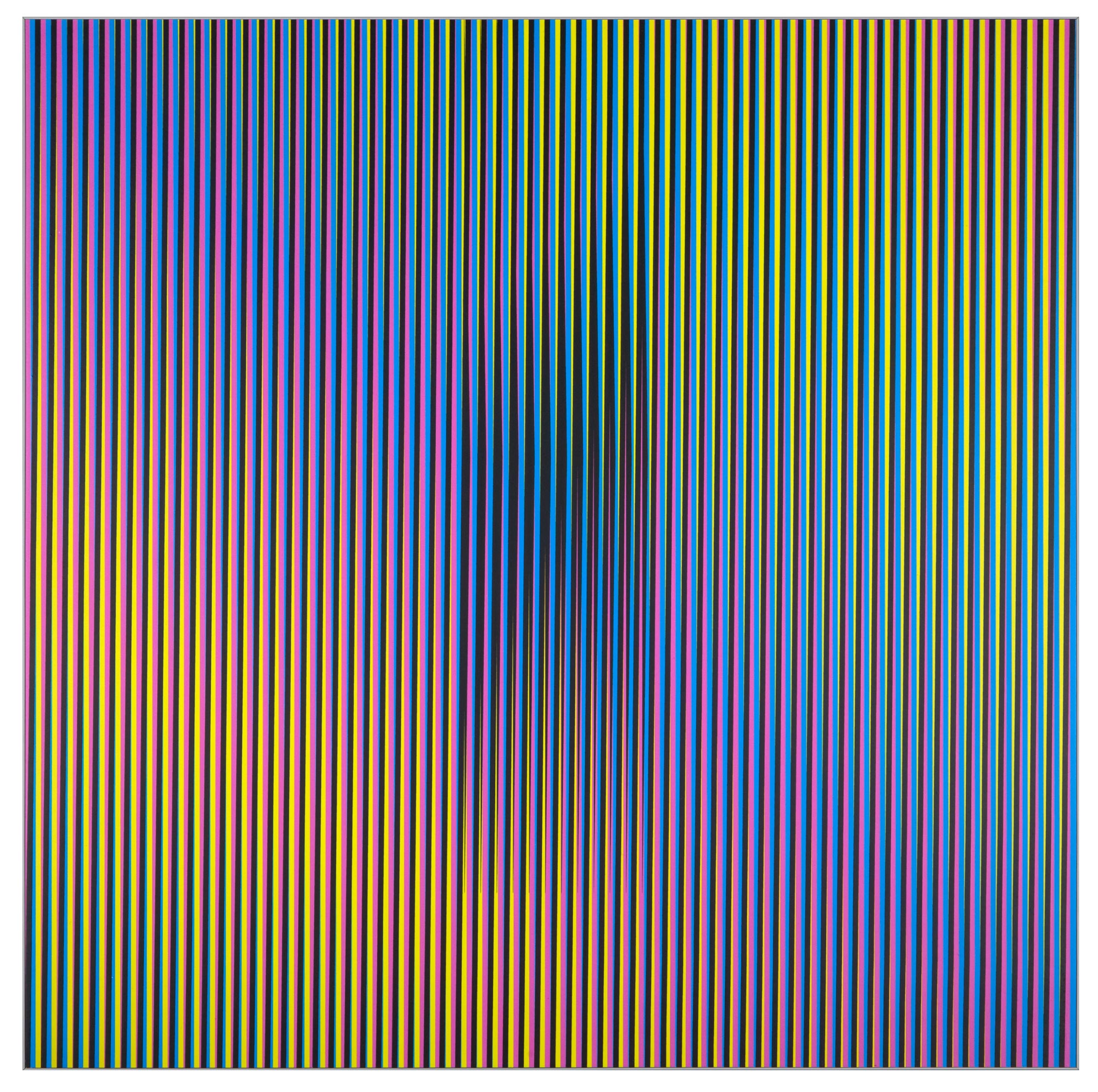
The Chromatic Inductions offer a solution in order to assimilate real space and time to a static plan. A chromatic event occurs in these works and continuously evolves depending on the spectator’s position but also the changes of light, in contrast to nature and the purpose of the traditional painting space.
Cruz-Diez
